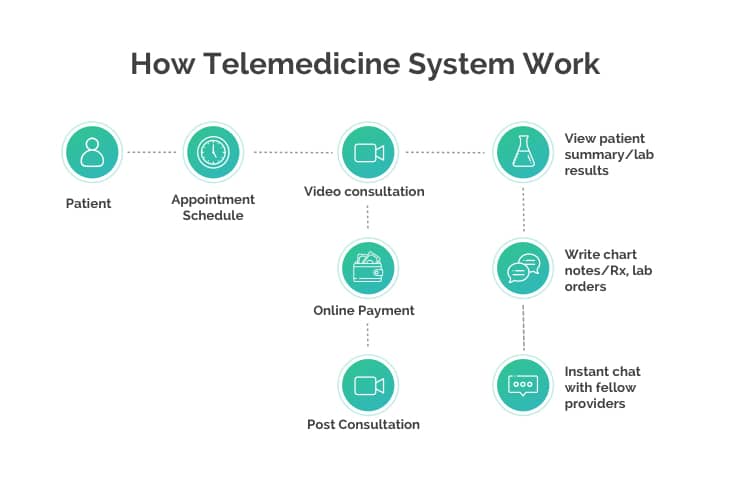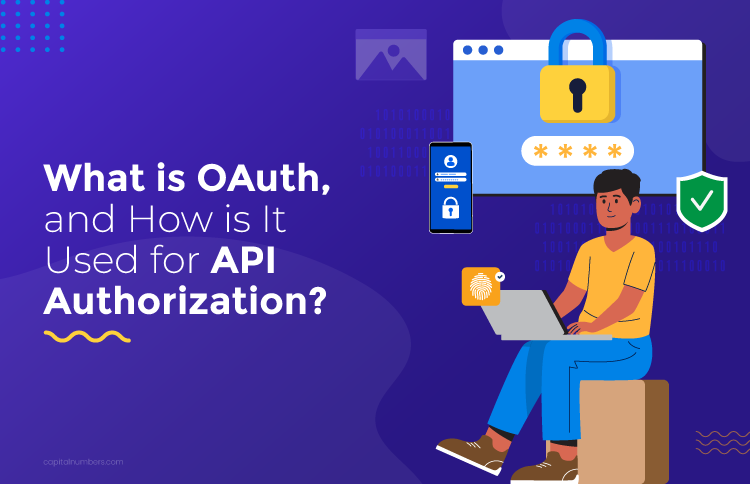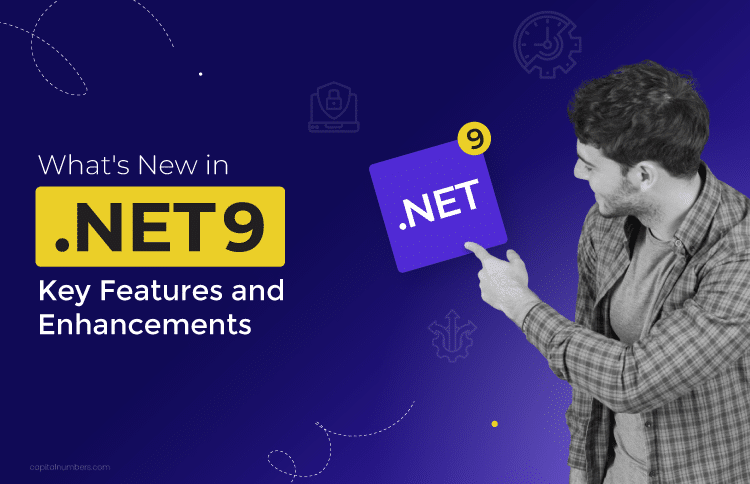Telemedicine – The Global Solution to Prevent the Spread of Covid-19
Table of Contents
In the last few months, starting from January 2020 to date, the novel coronavirus outbreak has turned our life upside down. The outbreak has forced us to quarantine ourselves and self-isolate to prevent its further spread. The impact is everywhere – starting from plunging stock prices, shortage of food and supplies, closure of educational institutes, and complete lockdown scenarios in several nations across the globe.
Healthcare professionals are spending day and night to serve the patients. What’s worse? Many are still sitting inside crowded waiting rooms of hospitals for their checkups. As a result, several countries have requested the hospital authorities to forcefully close their OPD (outpatient department) facility to keep the spread of this contagious disease to a minimum. The major challenge that lies ahead is to ensure that there’s proper social distancing between patients who need immediate care.
To overcome this challenge, experts are considering ‘Telemedicine’ as a global solution to remotely monitor the health of the patients in this pandemic situation. The World Health Organization (WHO) and the Centers for Disease Control and Prevention (CDC) have even acknowledged the Telemedicine practices.
What is Telemedicine?
Over the past decade, the healthcare sector has undergone a dramatic transformation. According to WHO, Telemedicine is the distribution of healthcare services and the exchange of health-related information through electronic technologies as well as telecommunication.
It’s a virtual communication platform that bridges the gap between patients and their physicians. It is a process where the healthcare professionals can talk to the patients through audio or video conferencing and remotely monitor the heart rate, blood oxygen level, respiration rate, and other physiological parameters of the patients.
How Can Telemedicine Help Combat the Spread of COVID-19?
The Telemedicine system can prevent the transmission of the disease and also reduce its spread. While the young adults may not fall severely ill due to the coronavirus disease, however, those who are above 60 years old, with underlying health problems, may get severely affected by this contagious disease. This is where the Telemedicine system comes to the rescue.
Telemedicine consultation can reduce unnecessary hospital or clinical visits, thanks to the remote diagnosis that it allows. There will be a reduced risk of transmission of the disease among patients and healthcare providers if the hospital authorities put the Telemedicine system in place.
Telemedicine allows doctors to provide routine care remotely for patients who require ongoing care and monitoring.
How Does the System Work?
Telemedicine can be implemented either through the web or a mobile application. Patients can use the Telemedicine app to request a visit, submit necessary details, and explain the physical condition, symptoms, etc. The physician then accepts the Telemedicine request and schedules a time for consultation. Accordingly, the doctor carries out the diagnosis at a specified time using video conferencing.
The patients can talk, text or video chat with their respective doctors from a safe and secure area and discuss all health-related problems in detail. Once the conference is over, the Electronic Health Record (EHR) screen in the app will automatically get populated with relevant information (this is an option that’s available in video calls as well). The doctors can then refer to the SOAP notes in the app to share a summary of the diagnosis, care plan, and prescriptions in the form of e-prescriptions.
Sometimes, the doctors perform necessary examinations based on the patients’ medical history. Accordingly, they note down essential data of the patients in the Telemedicine app. This data is then stored and maintained on a cloud server in the form of an ER (electronic record) for future references.
System Features and Integrations
A Telemedicine web or a mobile application allows both the patients and the doctors to sign in to the system. The patients can browse the specializations of each doctor and accordingly book a Telemedicine appointment with their preferred physician, as per his availability. The platform may have an online payment system to help the patients pay their appointment fees. Besides, the doctors can also sign up by submitting their medical licenses and other required documents to enlist themselves in the app.
A Telemedicine application usually has three different user categories – Patients, Doctors, and a Super Admin. Following are some of the critical features of the app:
- Patient Registration Section – After registering, patients can access their personalized dashboard that comes with in-built analytics.
- Search Doctors – Patients can search, sort, filter doctors in this section.
- Appointment and Booking – Patients can book an interview with the physicians as per their availability.
- Payment and Subscription – The app is integrated with one or multiple payment channels to help patients pay the appointment fees.
- Reviews and Ratings – This includes reviews and ratings for each doctor given by patients.
- Secured Patient-centric Conversation – The application comes with a highly secure patient-centric audio/ video/ text conversation channel.
- EMR/ EHR/ SBAR – The application keeps a record of EMR, EHR, and SBAR so that doctors can note the details of the patients’ conditions, prescribe them medicines, track their case histories, etc.
- Cloud-Based Storage System – Data gets stored in a secured cloud server that helps the Super Admin access any information on-the-go.
- Push Notifications – The application comes with an integrated push notification system that offers real-time alerts.
It’s important to note here that the Super Admin of the Telemedicine application can have Role-Based Access Control, where he is authorized to add multiple employees or staff and prevent the app from vulnerabilities or prohibited access.
















